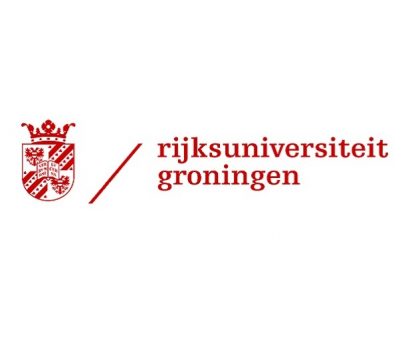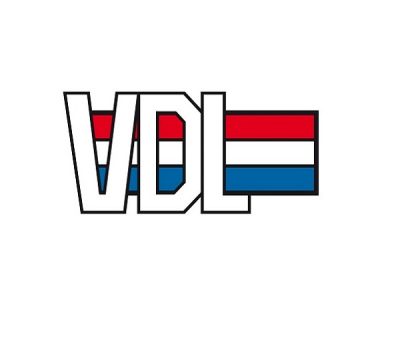Technology Health Management
The reliable functioning of the future’s high-tech systems and manufacturing processes requires novel techniques for online assessment of the health state of such systems.
Using the improved digital twins developed in Projects 1, 2 and 3, this project aims at developing methods and tools for pro-active and automated health management of manufacturing processes and (high-tech) machines. Here, health management relates to the safeguarding of system performance and system availability through anomaly detection, preventive maintenance and control reconfiguration.

Challenges
In this project, we will tackle the following scientific challenges:
- To develop methods for technology health management based on synergy between physical models and data-driven approaches.
- To develop novel solutions for anomaly detection and identification, that are directly useful in solutions for decision-making for preventive maintenance and control reconfiguration.
The research in this project will be valorized through application to high-end printers in collaboration with Canon Production Printing and to wafer handler systems for lithography machines in collaboration with VDL-ETG and ASML.
People on Project 4
Project leader: Prof. dr. ir. Nathan van de Wouw

Principal Investigators:
- Dr. ir. C. Murguia, Eindhoven University of Eindhoven
- Prof. dr. B. Jayawardhana, University of Groningen
- Dr. ir. T. Keviczky, Delft University of Technology
- Dr. P. Mohajerin Esfahani, Delft University of Technology
- Dr. M. van Leeuwen, Leiden University
- Prof. dr. ir. J. Post, Philips B.V. & University of Groningen
4.1 Feature and data subset selection for contextual anomaly detection using hybrid models
 In this project, methods for feature selection and data subset selection will be developed that leverage the advantages of hybrid models, enabling more accurate contextual anomaly detection while making it unnecessary to collect and store all data. The selected features and data will be combined with existing machine learning methods to obtain accurate preventive maintenance, ensuring low maintenance costs and high system availability.
In this project, methods for feature selection and data subset selection will be developed that leverage the advantages of hybrid models, enabling more accurate contextual anomaly detection while making it unnecessary to collect and store all data. The selected features and data will be combined with existing machine learning methods to obtain accurate preventive maintenance, ensuring low maintenance costs and high system availability.
4.2 Probabilistic anomaly detection for online-monitoring/estimation in data-driven resilient control
 In this PhD project, we are trying to create reliable and agile digital twins of the industrial processes that enable data analytics with performance and safety guarantees. To this end, we will develop reconfigurable and self-tuning control systems by integrating system health-monitoring and real-time decision making using both model-based and data-driven approaches in a probabilistically robust framework. A set-based probabilistic approach to optimal fault detection will be pursued using non-convex scenario optimization (combining models and data). Eventually, the proposed control scheme will be implemented on industrial demonstrators and use cases.
In this PhD project, we are trying to create reliable and agile digital twins of the industrial processes that enable data analytics with performance and safety guarantees. To this end, we will develop reconfigurable and self-tuning control systems by integrating system health-monitoring and real-time decision making using both model-based and data-driven approaches in a probabilistically robust framework. A set-based probabilistic approach to optimal fault detection will be pursued using non-convex scenario optimization (combining models and data). Eventually, the proposed control scheme will be implemented on industrial demonstrators and use cases.
4.3 Hybrid model-data approach for machine level anomaly detection and isolation
 This project develops techniques for detection and isolation of anomalies. A hybrid approach combining the strengths of both models and data will be pursued. The strength of the model ingredient is that physics-based insight is firmly embedded in the detection strategy warranting the validity of the approach, also in scenarios in which system parameters may change. The strength of using data is twofold: 1) using learning techniques employing measured machine data, the healthy model parameters can be tuned online and/or 2) the design of the detection mechanisms can be tuned online based on data to secure reliable detection.
This project develops techniques for detection and isolation of anomalies. A hybrid approach combining the strengths of both models and data will be pursued. The strength of the model ingredient is that physics-based insight is firmly embedded in the detection strategy warranting the validity of the approach, also in scenarios in which system parameters may change. The strength of using data is twofold: 1) using learning techniques employing measured machine data, the healthy model parameters can be tuned online and/or 2) the design of the detection mechanisms can be tuned online based on data to secure reliable detection.
4.4 Integration and implementation of hybrid model-data approaches to anomaly detection and control reconfiguration
dr. ir. Gabriel de Albuquerque Gleizer
 Anomalies can only be detected with confidence if the anomalous system behaves substantially different than expected. Moreover, for many types of anomalies, this difference is not perceived in normal operation until it is too late; i.e., the control performance has already degraded to the point that the system must stop for maintenance. This is why in many applications there are diagnostic routines, where, for a short moment, the system input is designed to make the system behave in a way that anomalies are more evidently discerned. Project 4.4 investigates the problem of optimally designing such input commands for anomaly detection and estimation. This way, the hybrid model-data tools developed in Project 4 can be used at their full potential, and the control reconfiguration / optimization approaches developed in Project 5 can be employed before it is too late. An emphasis is given to the Tata Steel benchmark problem.
Anomalies can only be detected with confidence if the anomalous system behaves substantially different than expected. Moreover, for many types of anomalies, this difference is not perceived in normal operation until it is too late; i.e., the control performance has already degraded to the point that the system must stop for maintenance. This is why in many applications there are diagnostic routines, where, for a short moment, the system input is designed to make the system behave in a way that anomalies are more evidently discerned. Project 4.4 investigates the problem of optimally designing such input commands for anomaly detection and estimation. This way, the hybrid model-data tools developed in Project 4 can be used at their full potential, and the control reconfiguration / optimization approaches developed in Project 5 can be employed before it is too late. An emphasis is given to the Tata Steel benchmark problem.








